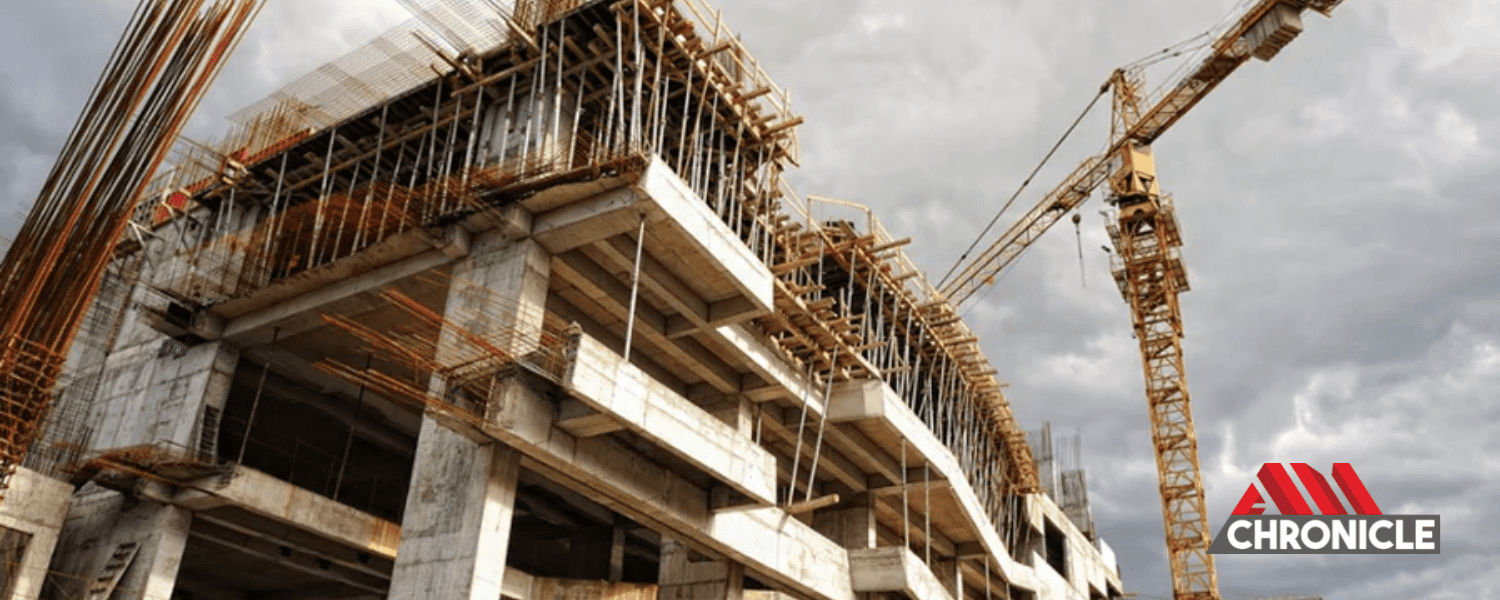Role of Metal 3D printing to increase quality and resource-efficiency in the construction sector
A team of global experts from DNV Norway, Politecnico di Milano Italy, Norwegian University of Science and Technology (NTNU) Norway, Imperial College London UK, Simpson Gumpertz & Heger (SGH) USA, Takenaka Corporation Japan, CIMOLAI SPA Italy, Stellenbosch University, South Africa published a paper on the role of Metal 3D Printed parts for Construction industry in Additive Manufacturing, a peer-reviewed journal that provides academia and world-leading industry with high quality research papers and reviews in additive manufacturing.
About the Research
Demand for the construction of new structures is increasing all over the world. Since the construction sector dominates the global carbon footprint, new construction methods are needed with reduced embodied carbon and high resource efficiency to realize a sustainable future. In this direction, Metal Additive Manufacturing, also known as metal 3D printing, can be an opportunity. Many studies are underway to answer open questions about the metal 3D printing processes and products for high-tech industries. The construction sector must join the metal 3D printing research more actively to enrich the knowledge and experience on this technology, and correctly adapt the process parameters suitable to the construction sector requirements. This paper states the opinion of a research group composed of academics and practitioners from Europe, the US, Japan, and South Africa on how metal 3D printing can be a complementary tool/technology to conventional manufacturing to increase productivity rates, and reduce the costs and CO2 emissions in the construction industry.
The construction sector dominates the global carbon footprint with a 40% share among all sectors. Half of this share is due to the CO2 embodied in the building elements, and one third is covered by the structural system.
This paper states the opinion of a research group composed of academics and practitioners from Europe, US, Japan, and South Africa on how 3D printing can be a complementary tool/technology to conventional manufacturing to reduce CO2 emissions, increase the resource-efficiency and workspace safety of the construction industry.
Read the Full paper here


